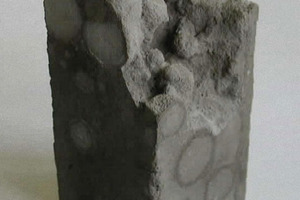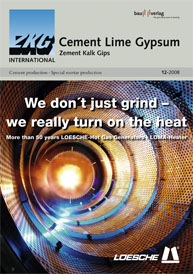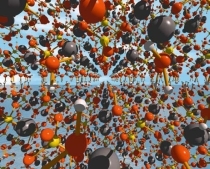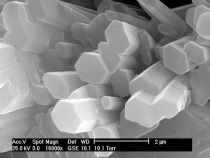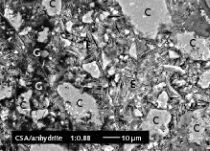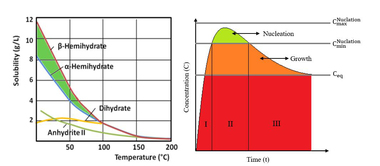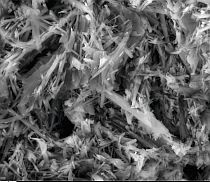Formation of hydrate spheres in ternary binder systems
This study examines the hydration kinetics of hydrate-sphere formation. This is a form of heterogeneous setting and can frequently be observed in ternary binder mixtures high in Portland cement and containing calcium aluminate cement and CaSO4, which are retarded by means of tartaric acid. In many cases, the phenomenon of hydrate-sphere formation is the result of aging of the dry mix – quick-setting ternary binder mixtures, in particular, are severely prone to pre-hydration once the package has been opened. Formation of hydrate spheres can be eliminated only to a limited extent via minor...

